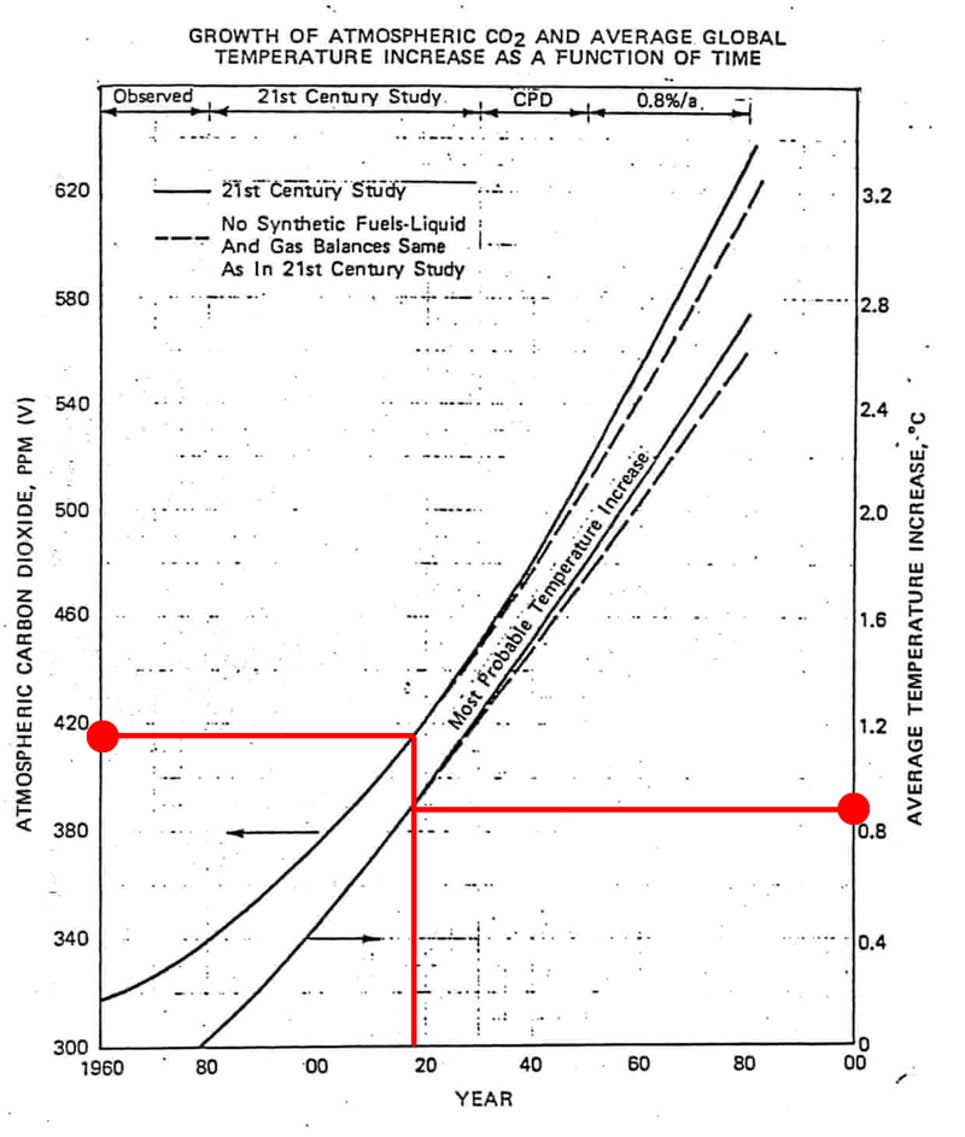My Review of Steven Koonin's Book on Climate
Steven Koonin, who was Secretary for Science, Department of Energy, in the Obama administration recently wrote a somewhat controversial book on climate science with the title Unsettled. I was curious to read what kind of critics a physicist who partly worked in the field had, even if I believe that climate warming is real, and humans have an influence on it. It turns out that some of his remarks regarding models are relevant way beyond climate science, but some other subjects are not as convincing.
The first half of the book explains how the influence of humans on climate is not as obvious as what many graphs suggest, even those published by well known groups such as CSSR or IPCC. A recurring theme is plots presented without context/with the wrong context. Many times, when we extend the time span in the past, a very different picture emerges of cyclic variations with cycles of different lengths and amplitudes. Other times, the choice of measure is not appropriate. Yey another aspect is the uncertainty of the models, which seems too rarely discussed in reports/papers, as well as the necessary model parameters tweaking.
When it comes to CO2, Koonin explains that the decrease in cooling power is much much lower from 400ppm to 800ppm than from 0ppm to 400ppm, because, at 400ppm (the 2019 average) most of the light frequencies are already absorbed. The doubling corresponds only to a 0.8% change in heat intercepting. 1% is however not so small, as it corresponds to 3 degrees Kelvin/Celcius variation. Furthermore, while humans may increase warming with greenhouse gas, they also increase cooling via aerosols, the latter being much less well known and measured (with those taken into account, we arrive at the 1 degree Celcius impact). The author also presents some plots on CO2 on a scale of millions of years to explain that we live in an era of low CO2 ppm. While an interesting fact, this may be a bit misleading since, if we look at at up to 800,000 years back, the CO2 concentration stayed between 200 and 250 ppm, with an explosion only in the recent decades. The climate.gov website provides more context around the latter plot:
In fact, the last time the atmospheric CO₂ amounts were this high was more than 3 million years ago, when temperature was 2°–3°C (3.6°–5.4°F) higher than during the pre-industrial era, and sea level was 15–25 meters (50–80 feet) higher than today.
What I found disappointing is the absence of the famous 1982 plot from Exxon (p. 7), see also the following article with nice red lines for 2019.

The Exxon 1982 PPM Plot.
On this plot, the relation between the temperature increase and the CO2 ppm looks linear, which would be somewhat more alarming.
The conclusion from the first half of the book may be summarized as follows: while climate warming is real, it is not so obvious how much of it is due to humans. The author agrees for maybe around 1 degree Celcius, and suggests it is not necessarily accelerating. The causes are much less clear. There are some interesting subtleties: temperature increases in some places and decreases in others; around cities, the increase mostly due to the expansion of cities (more buildings).
I found the second half to be in contradiction with the first half, although it is clearly not the author’s intent: the second half focuses on how to address humans influence on the climate, and several times, suggests a strong influence of humans emissions on the climate, while the first half of the book was all about minimizing that aspect. This is especially true for carbon emissions, where it is suggested in the first half that additional emisssions will have a comparatively small impact.
The overall message is relatively simple: reducing emissions won’t help much as concentration will only increase in the coming decades (but then wouldn’t it perhaps be so bad to think beyond the coming decades?). Also the scales of emission reductions necessary for a minimum increase (2 degrees) is not realistic at all in the world we live in. Instead, we’d be better off trying to adapt.
Overall, the author denounce the issue of scientific integrity, which is too often absent or not strongly present enough. Having reviewed many papers, and published some in specialized journals, I can’t say I am surprised. Peer review is important, but perhaps not good enough by itself, especially in the short run. Over decades, I think the system may autocorrect itself however.